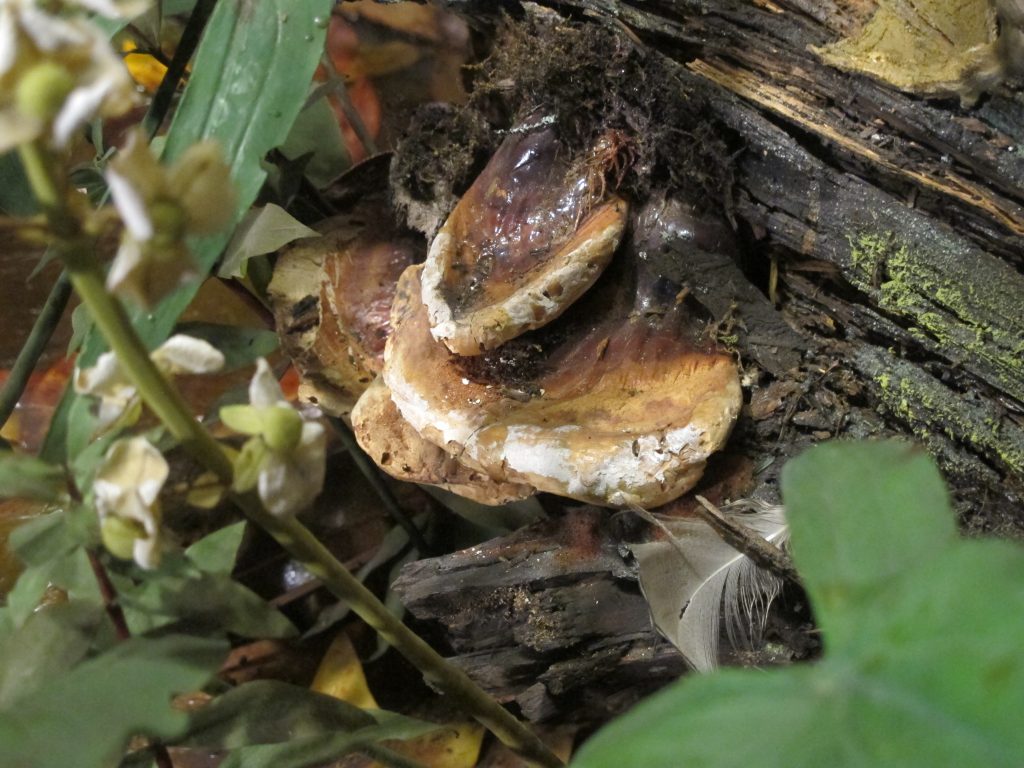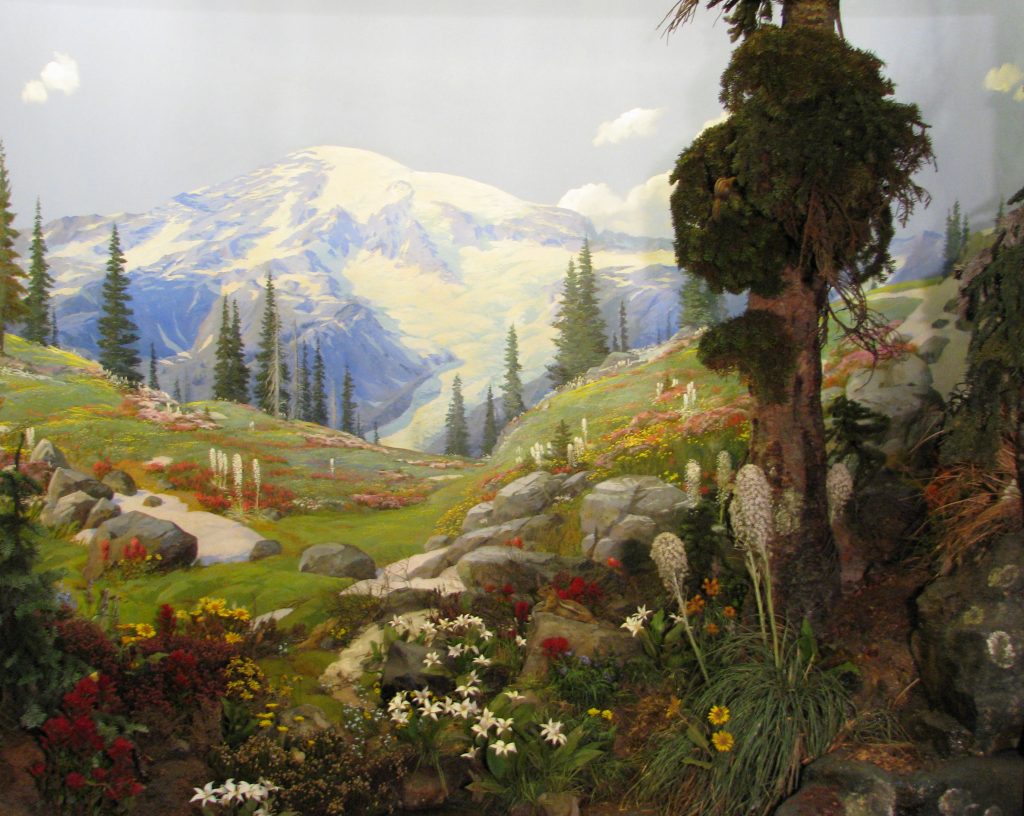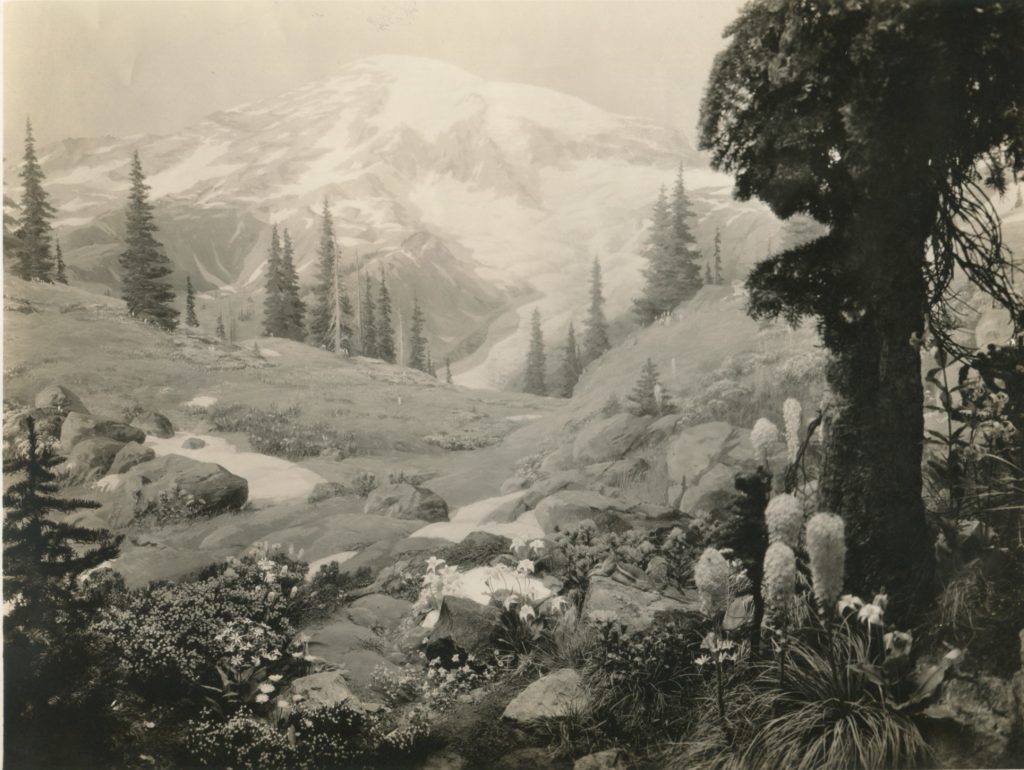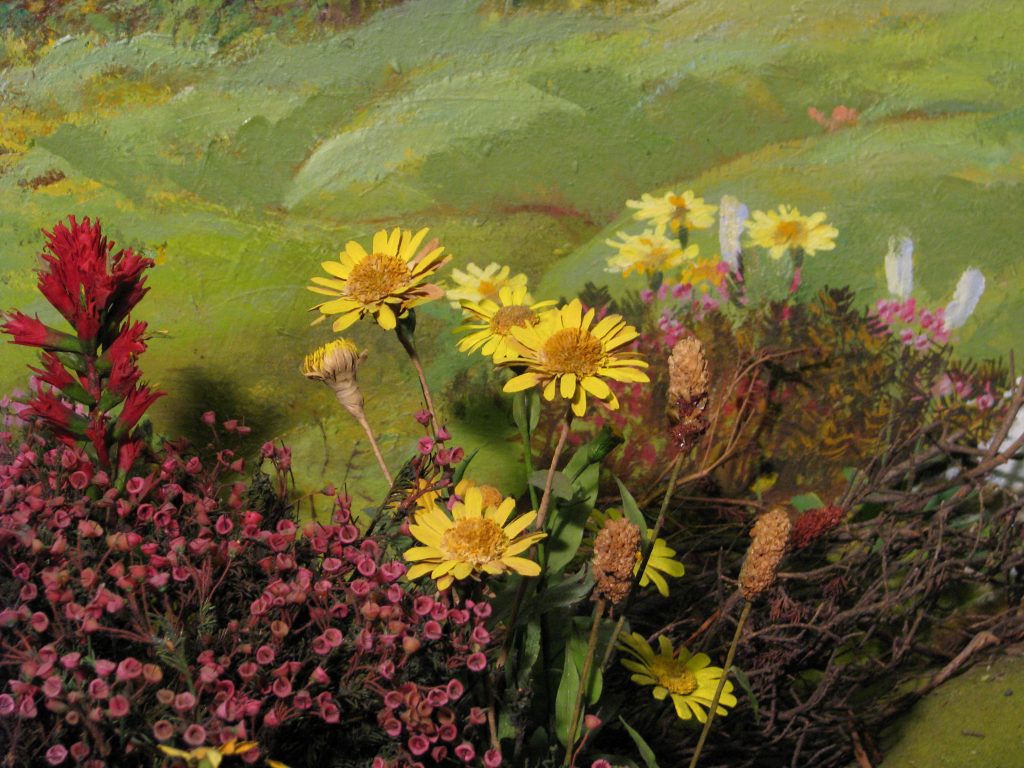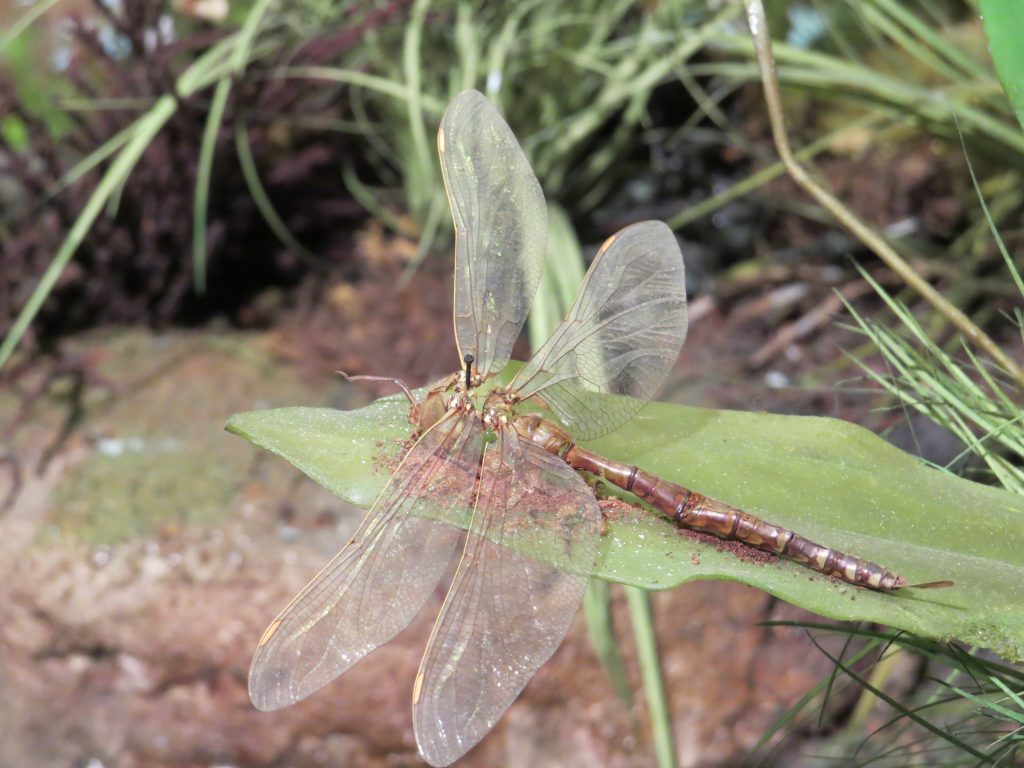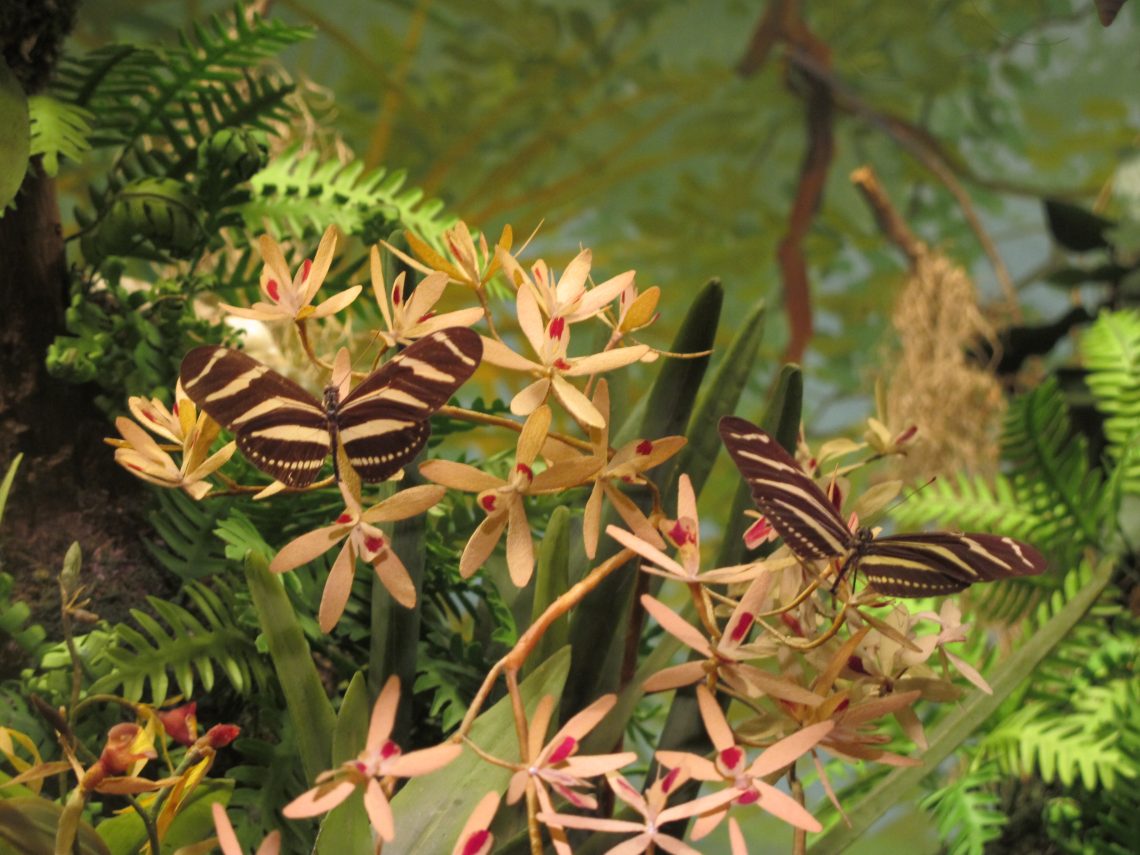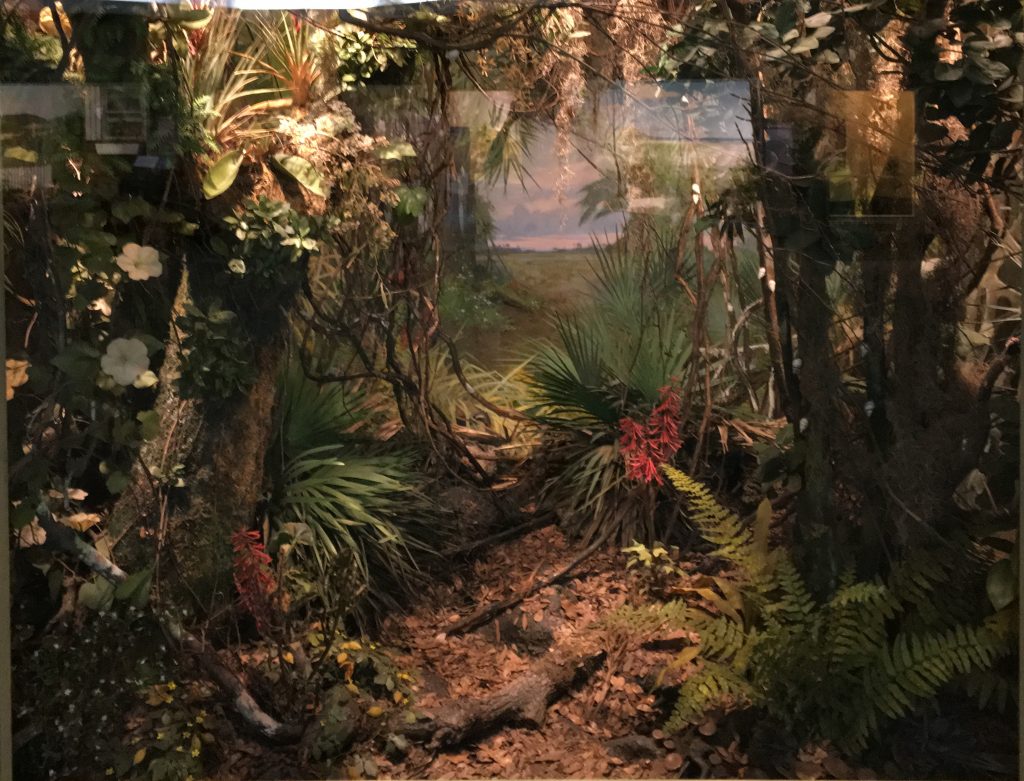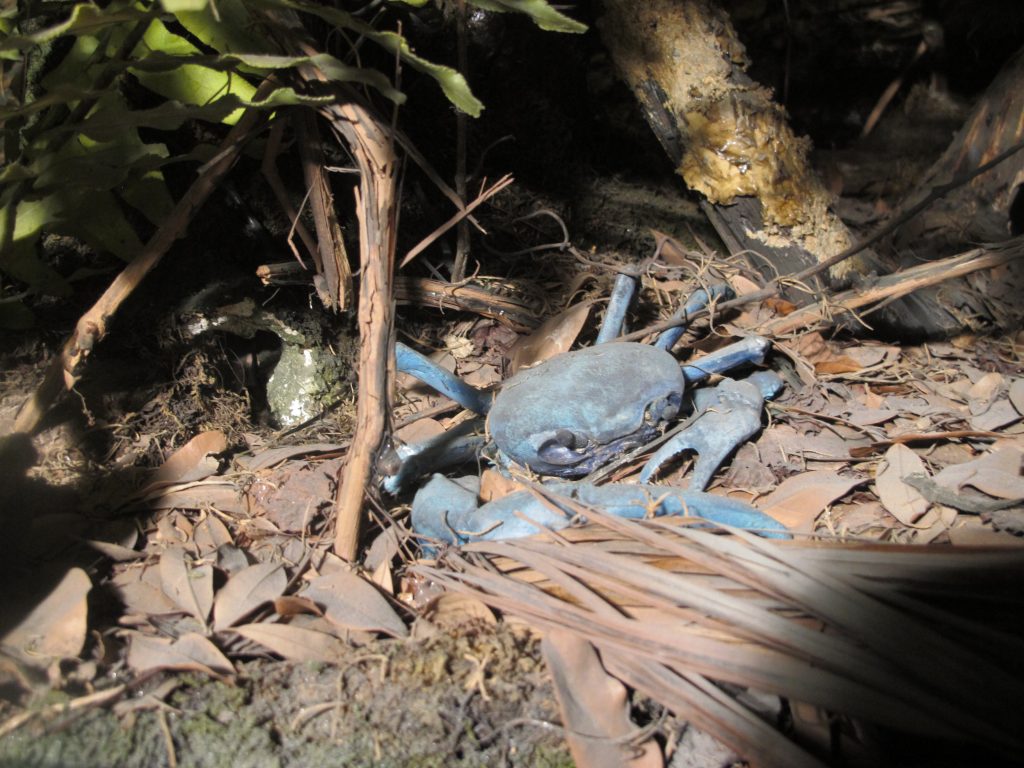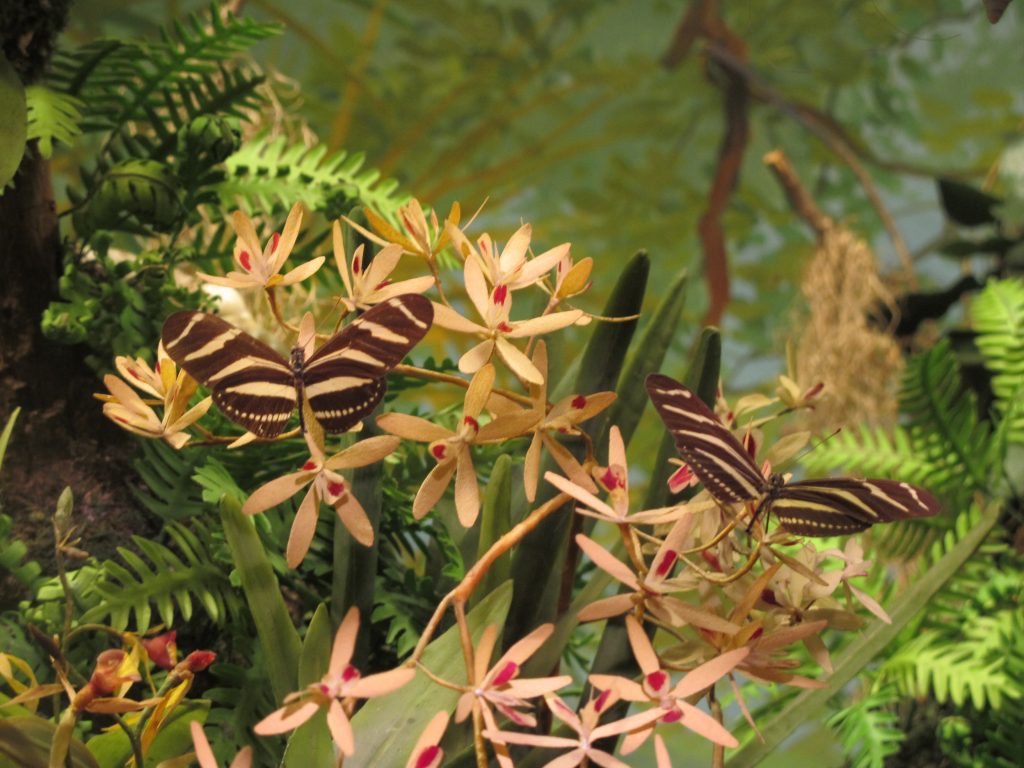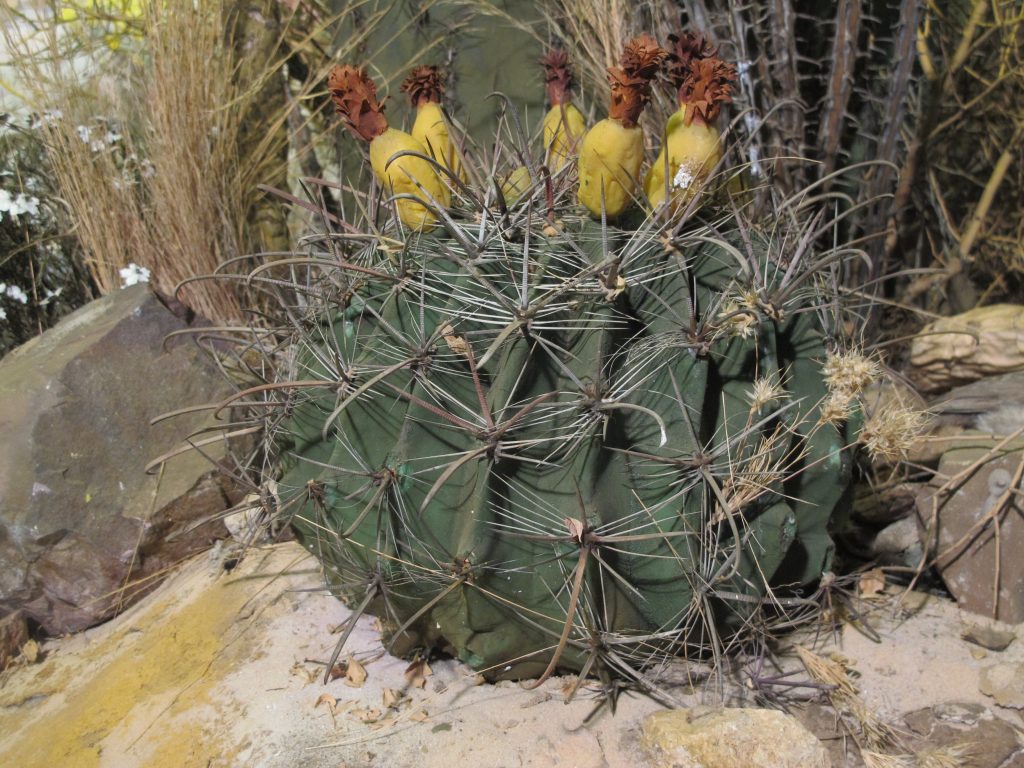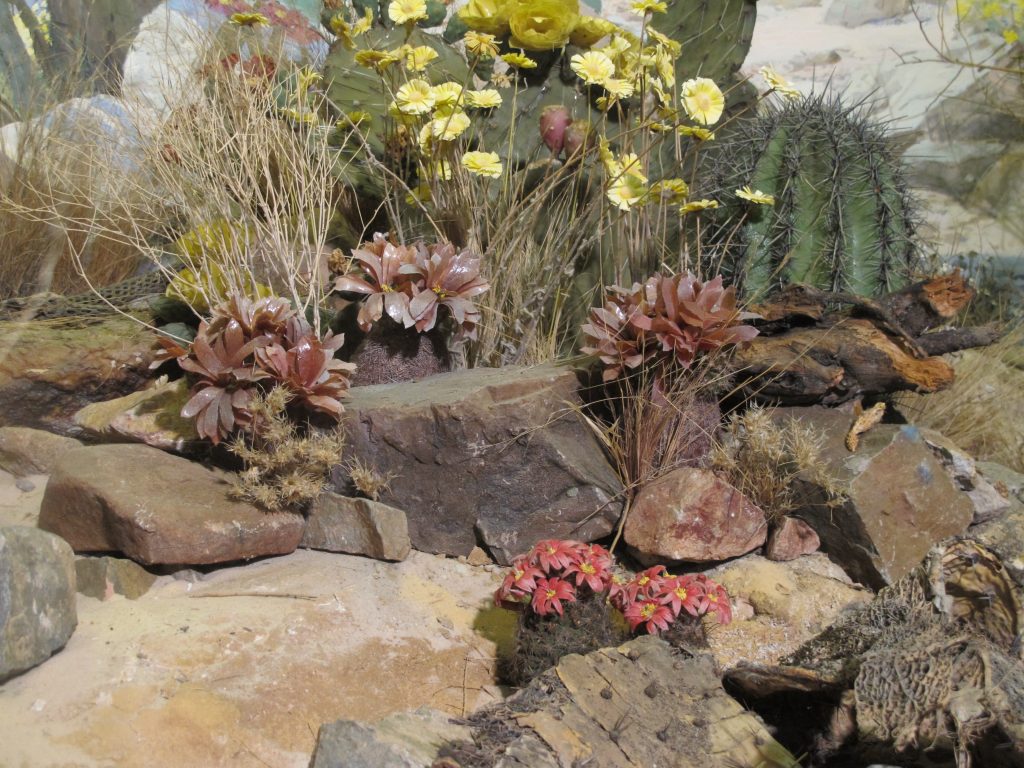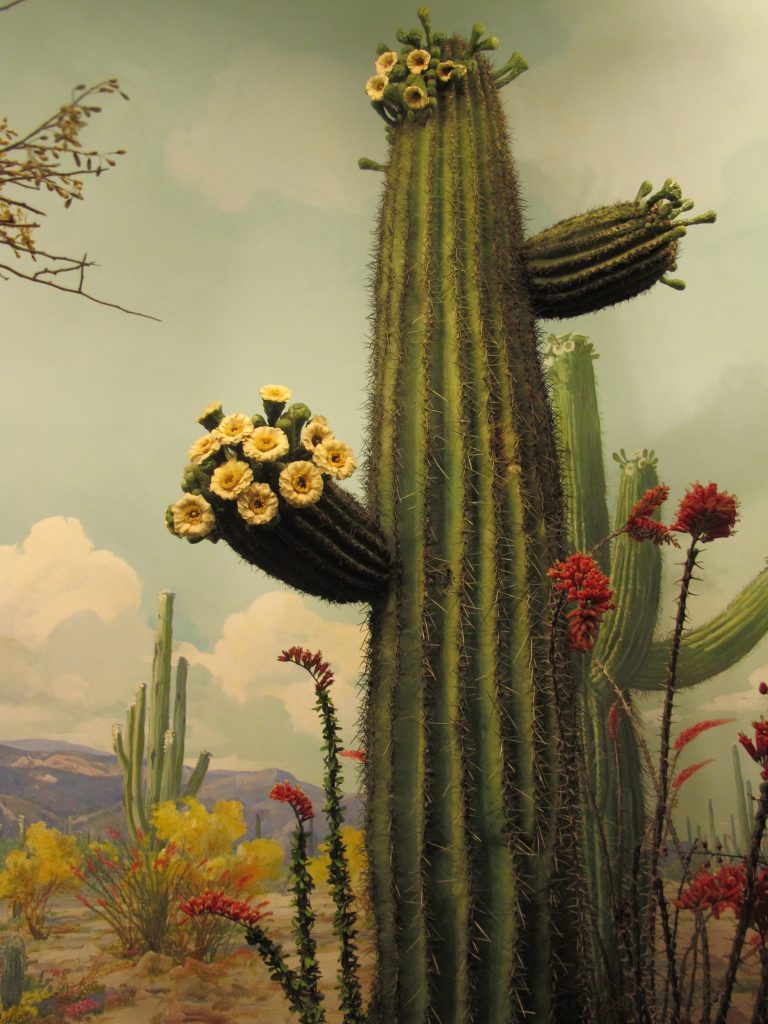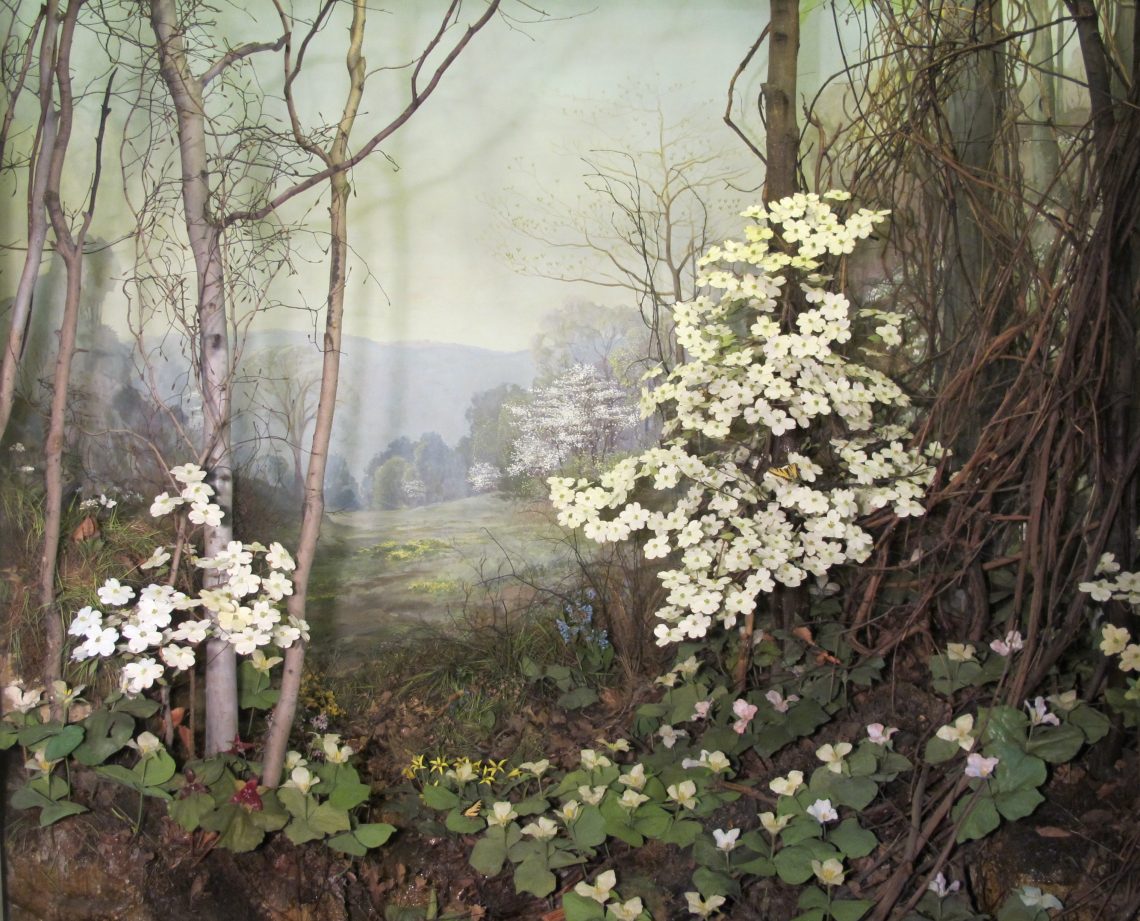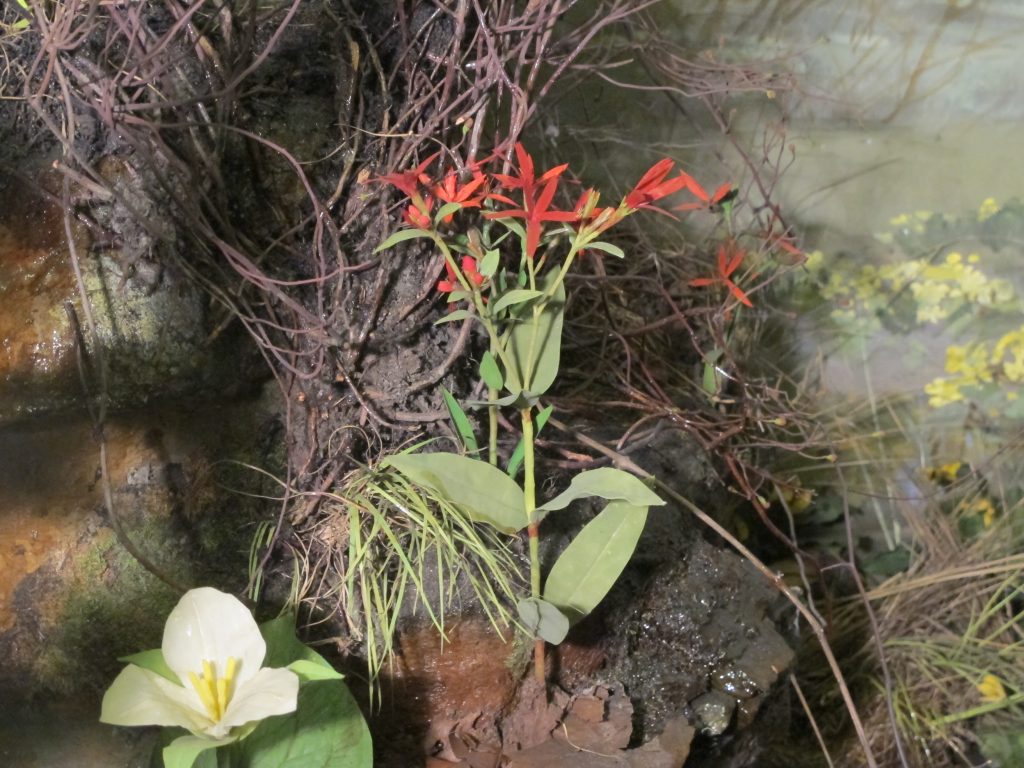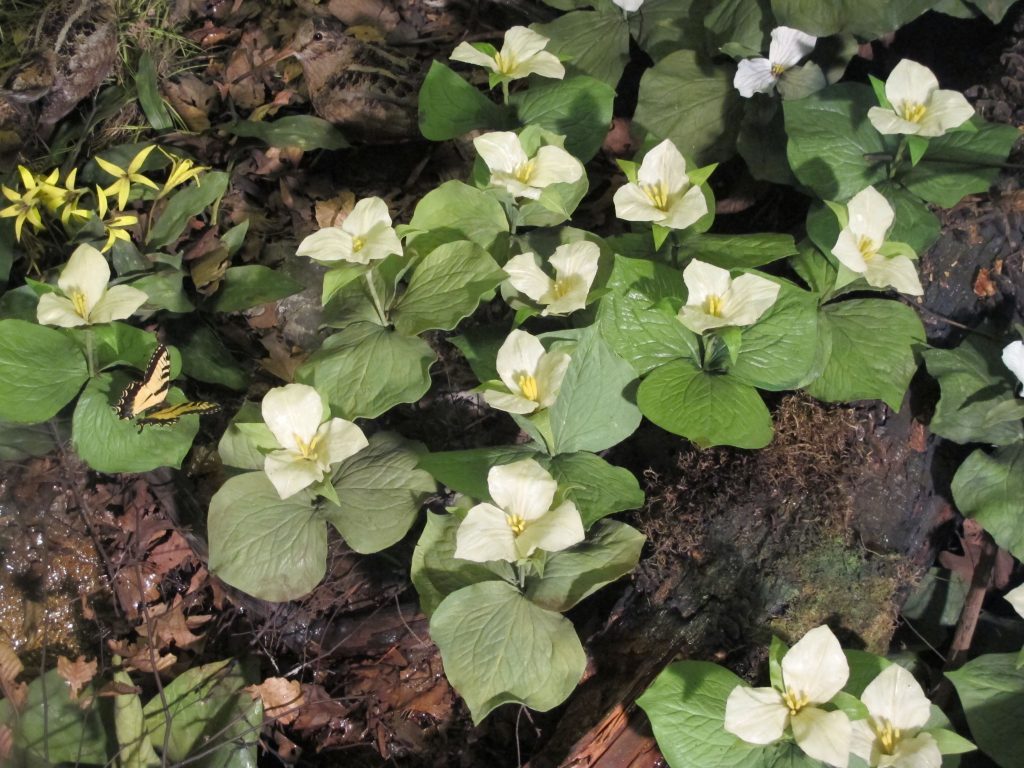Kitchen Herb Garden
This diorama opened in 1976, and is also known as the Culinary Herb Diorama and today as a Kitchen Garden of Herbs. It was planned and conceived by Dorothy Pearth, and was sponsored in part by the Western Pennsylvania Unit of the Herb Society of America. The background was painted by Nancy Perkins, and the plants were created by Elizabeth Niedringhaus with the help of her team of volunteers. It depicts a time in May or June.

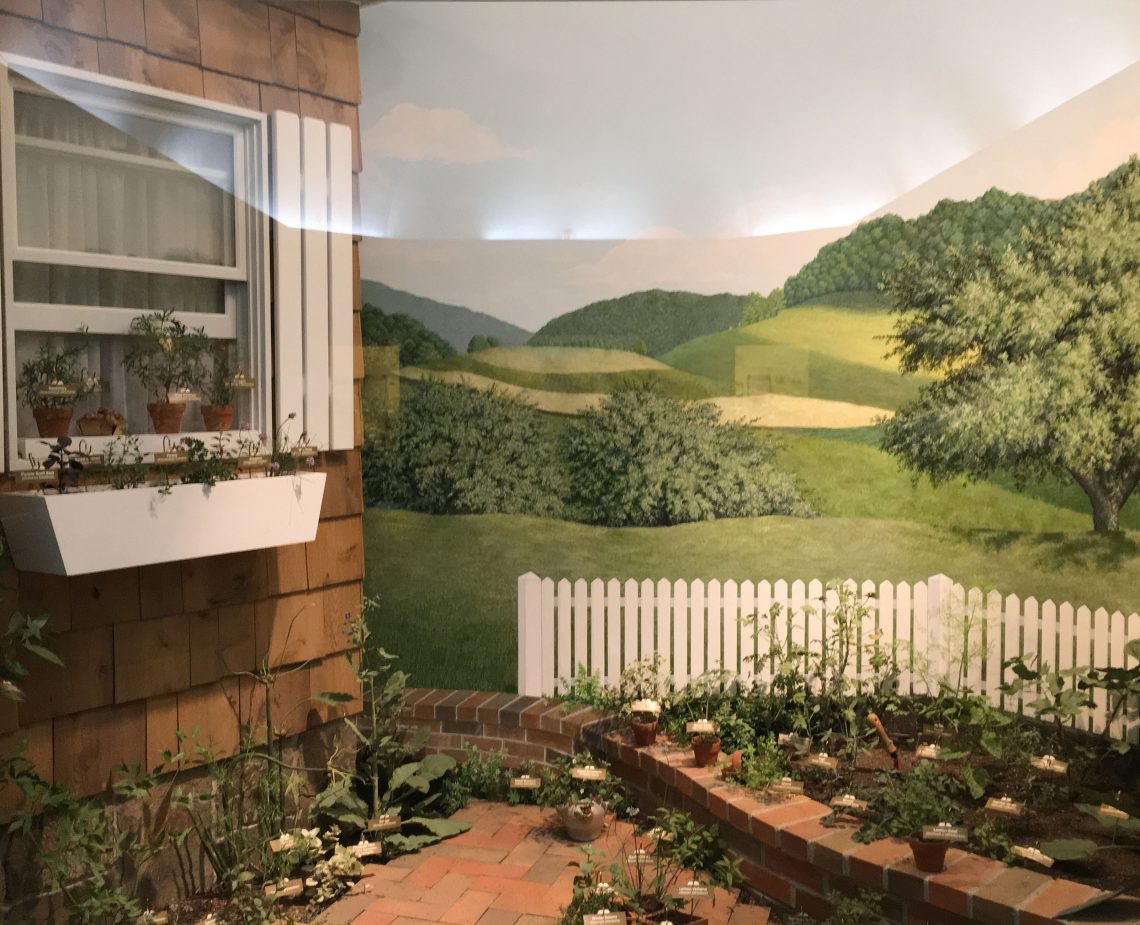
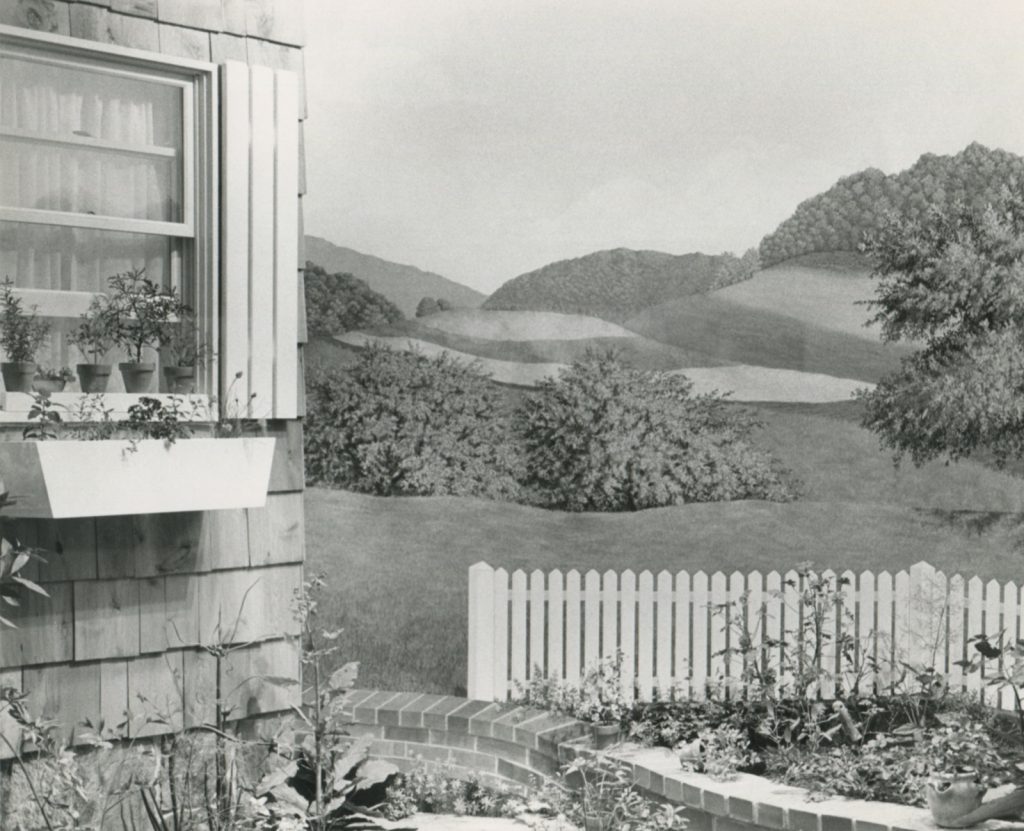





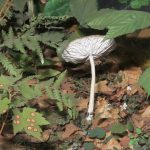


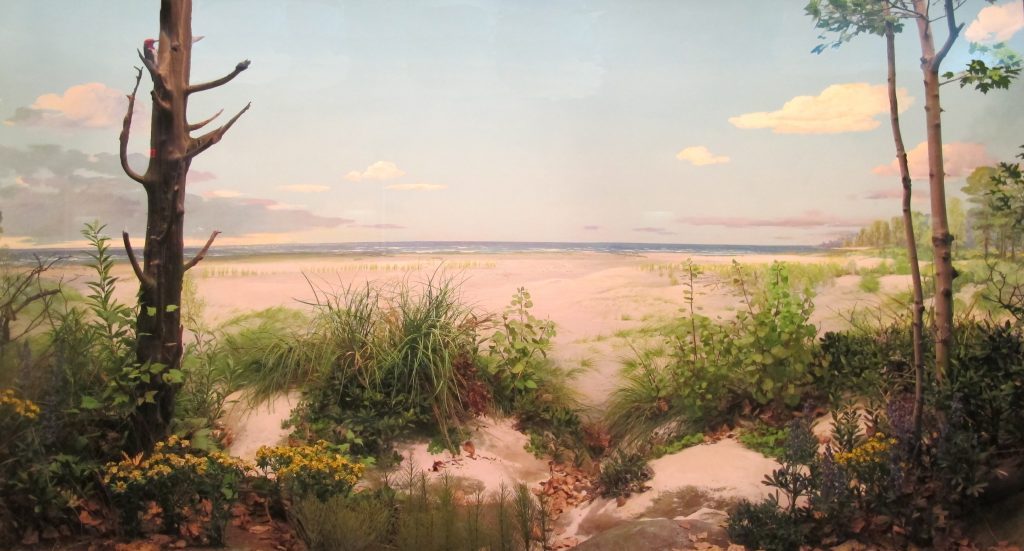

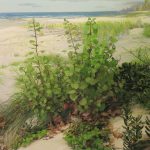
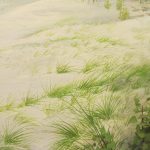

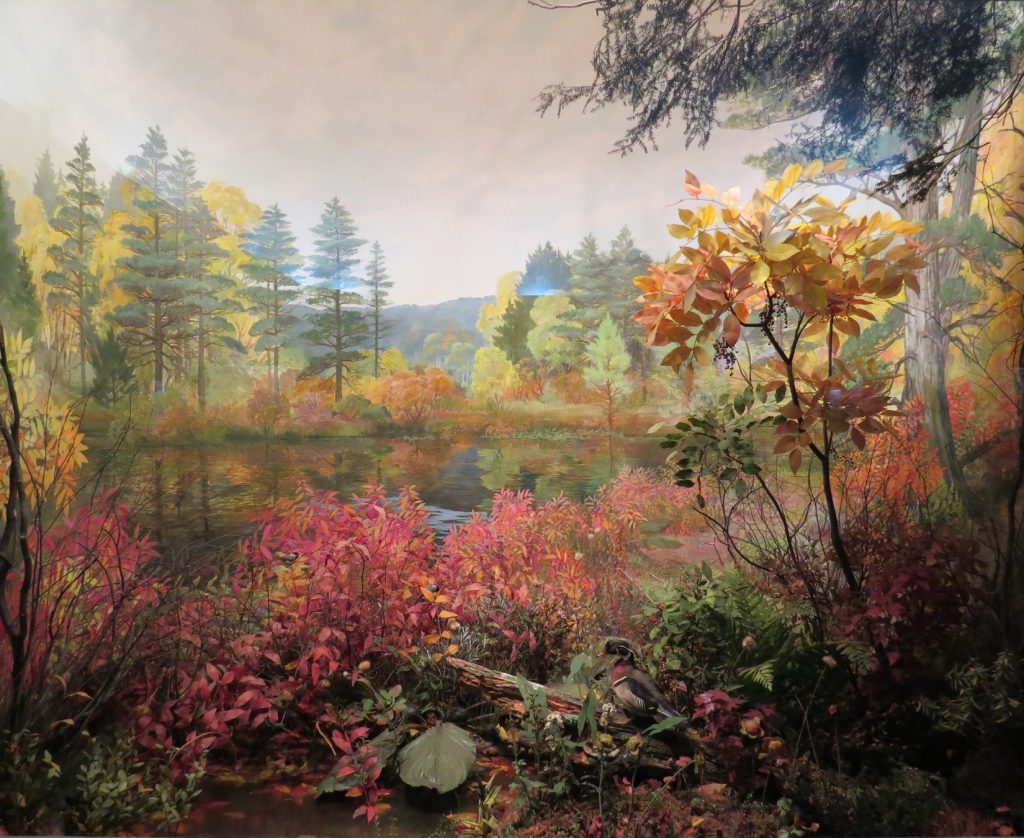
 From back of photo: Pennsylvania Bog Group (Renovated) In Botany Hall, Carnegie Museum 1942 – Russel P. Hay Photo
From back of photo: Pennsylvania Bog Group (Renovated) In Botany Hall, Carnegie Museum 1942 – Russel P. Hay Photo
